Date: 21 June 2012
And coincidently, the anniversary happens to coincide with Queen Elizabeth celebrating her own diamond jubilee. We’re talking, of course, about the invention of the float glass process; the jewel in the crown of the glazing industry.
For it was in October of 1952 that Alastair Pilkington, a Mechanical Science graduate from the University of Cambridge, first began to explore the possibilities of using liquid metal as a means of supporting glass sheets as they cooled; a fundamental process that sits at the heart of glass manufacture all over the world today. So where did the float glass process originate, and how has it come to define an entire industry?
The glass industry in the early fifties was very different to now. Despite innovations in the production of glass allowing for larger and cheaper panes than ever before, the plate glass manufacturing process still had inherent flaws. Glass manufactured in this way invariably cooled with imperfections as it came into contact with solid surfaces and minute surface blemishes on the glass rollers. This meant that each sheet of glass produced had to be subject to extensive polishing and grinding before it could be used.
While the polishing and grinding process had been made as efficient as possible through years of use, the fact remained that producing imperfect glass and then finishing it separately was an inefficient practice. This also meant that glass plants occupied vast sites to allow for all the machinery required, adding to production costs. Finding a method of mass-producing glass perfectly from scratch was the holy grail of the industry.
Various scientists and researchers had experimented with “floating” molten glass on liquid metal surfaces prior to 1952, but with little success and no prospect for widespread industrial use. It was only when Alastair Pilkington joined Pilkington in 1947, taking charge of one of their plate glass factories in 1950, that things began to change. Up until that point, Mechanical Science graduate Alastair had had no association with the glass industry, and it was perhaps this fresh perspective that allowed him to see a solution where others before had been unable to.
Alastair’s idea, in his own words, was “a continuous ribbon of glass moving out of the melting furnace and floating along on the surface of molten metal at a strictly controlled temperature... Natural forces of weight and surface tension bring (the glass) to an absolutely uniform thickness.”
By March of 1953, tests had proven the validity of the concept, and development began on a series of test plants to get float glass ready for the market. But it wasn’t all smooth running. The glass wasn’t clear enough at first, and it took seven years of painstaking research by the Pilkington team and more than £7 million (£80 million in today’s money – or one Jubilee Yacht) to develop the process; far beyond the company’s initial estimates.
When Pilkington was finally ready to unveil float glass to the world in January 1959, it changed the industry forever. By allowing other manufacturers to use the process under license, Pilkington enabled the glass industry to quickly adapt to this new, more efficient way of working. So much so that by 1967, the company stopped making polished plate glass altogether, with other manufacturers soon following suit.
The impact that float glass has had is still being felt today. As more companies adopted the process, high-quality glass got cheaper, meaning it could be used in more and more applications. In fact, it’s fair to say that the float glass process revolutionised architecture; enabling the rapid increase in high glass content buildings that define our cities today.
And it wasn’t just the production of standard glass that changed. The float glass process opened up new opportunities to create functional glass, with inventions such as energy-efficient Pilkington K Glass™ and self-cleaning Pilkington Activ™ coming off the float lines. Pilkington was acquired by the NSG Group in 2006, creating even more opportunities for the float glass process to be used worldwide.
So as you celebrate this Diamond Jubilee year, remember the momentous discovery sixty years ago that shaped the building you’re sat in. And rest assured, the R&D team at NSG’s Lathom HQ are working hard on the next industry-changing innovations in time for the Platinum Jubilee.
For more information visit www.pilkington.co.uk

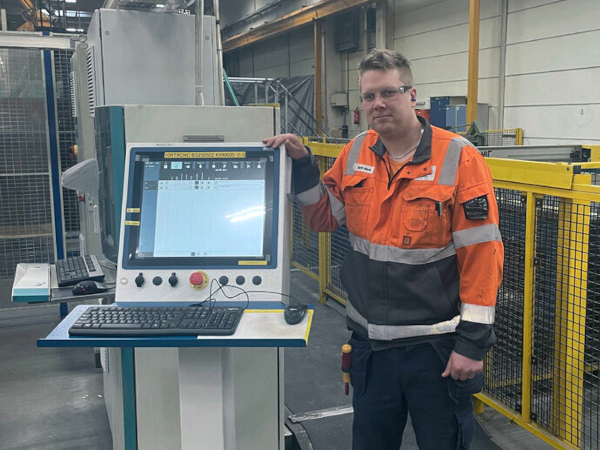
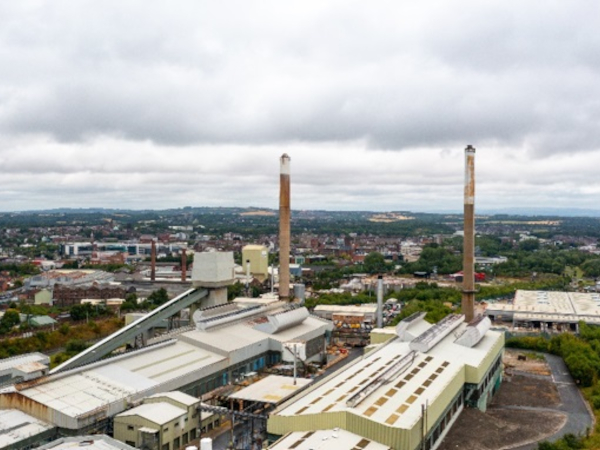
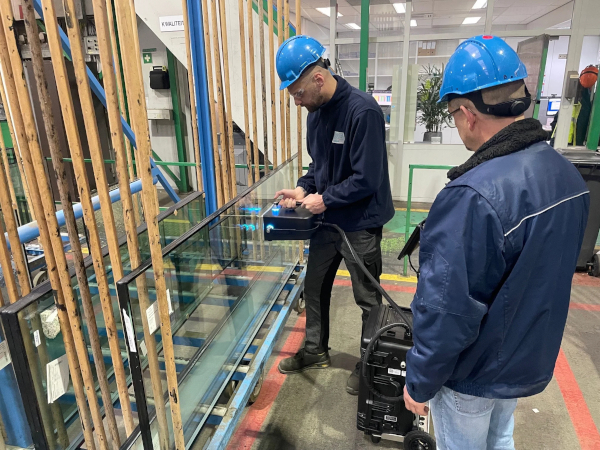
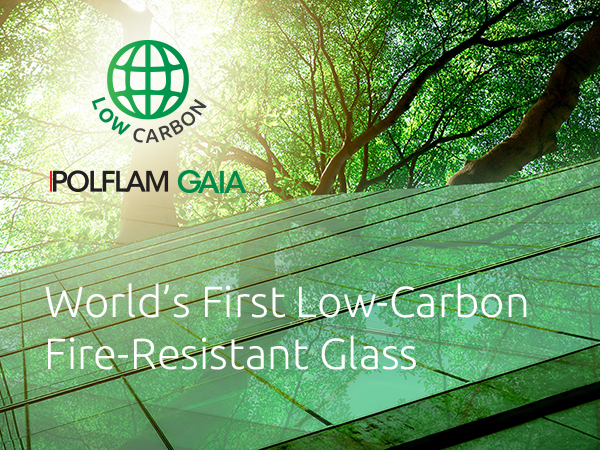
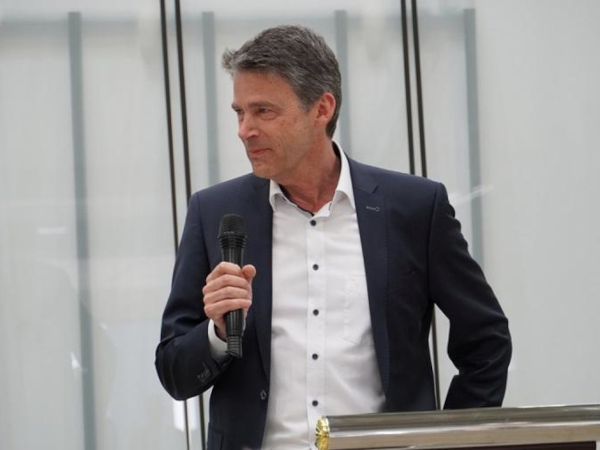
Add new comment